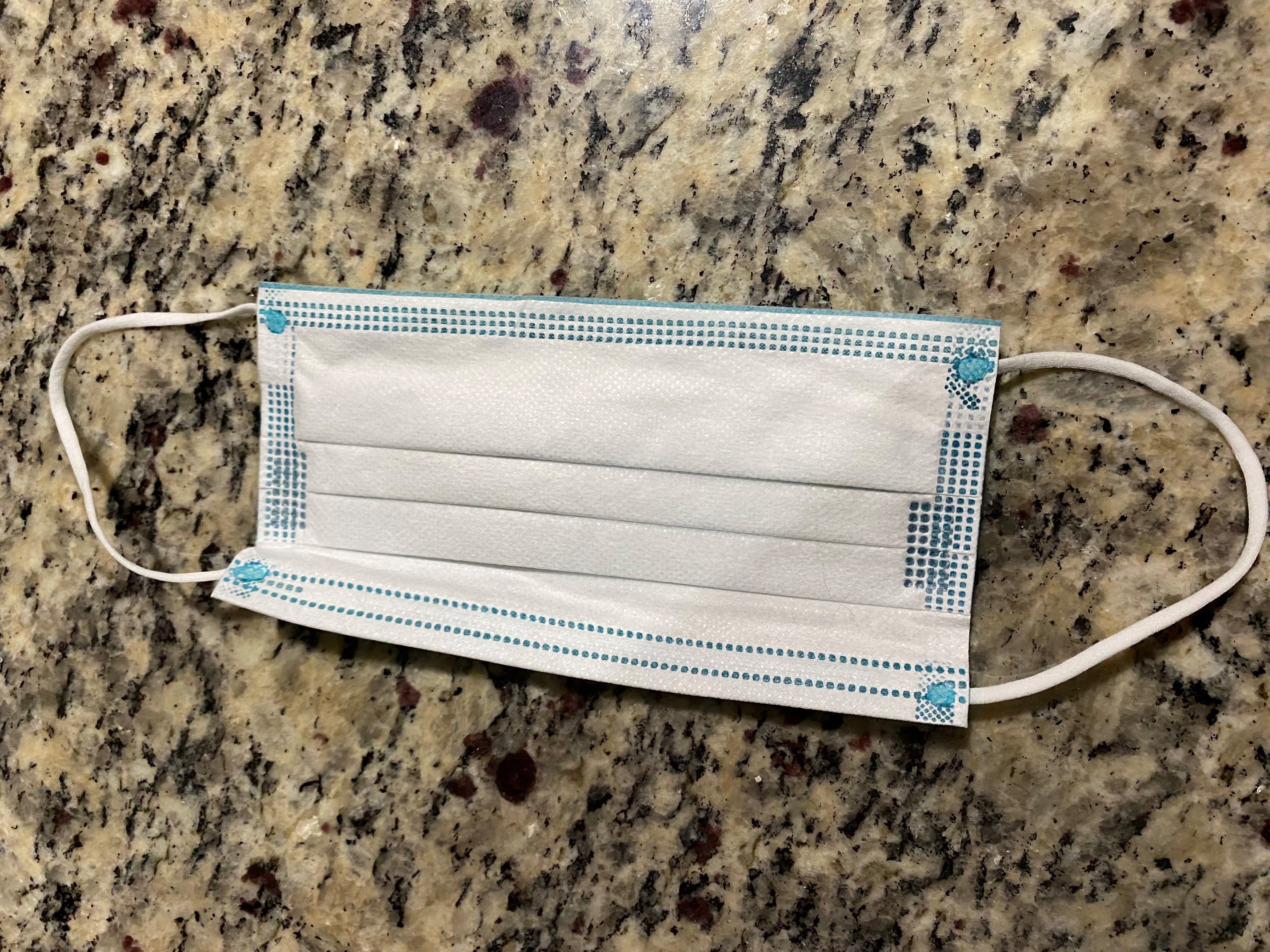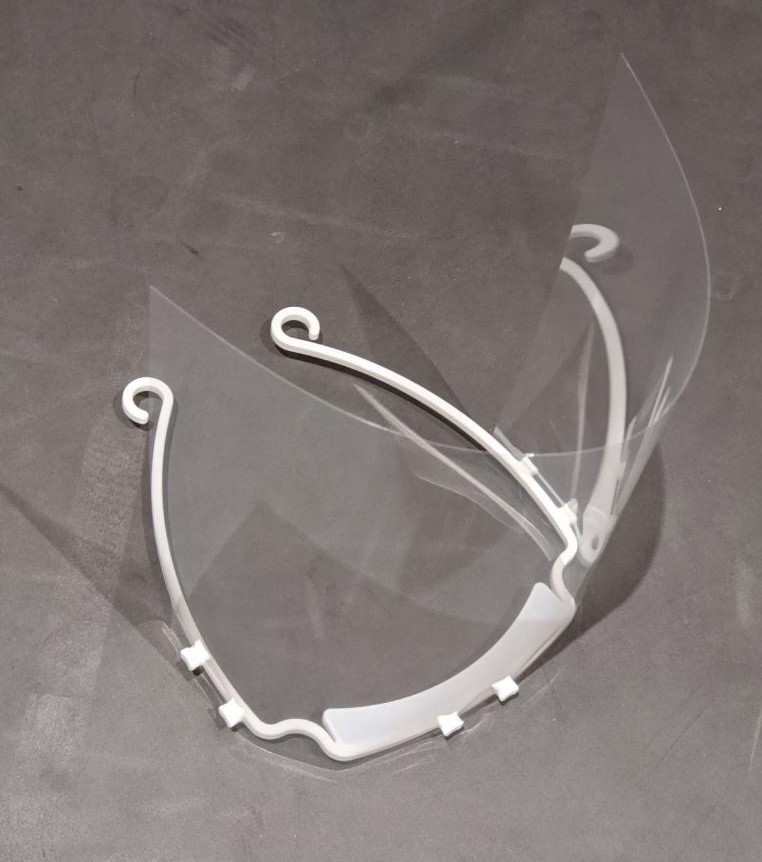A homemade alternative for preventing transmission
From reusing old materials to printing FDA approved designs, Blazers make face coverings for the COVID pandemic
As the need for masks rises and the supply itself dwindles, Blazers have taken up a role in supporting their families, communities and health care workers by making protective gear at home. From designs as simple as reused fabric masks to high-tech 3D printed covers, students are using the materials they can access to fight against infection.
The Centers for Disease Control and Prevention (CDC) recommends that each person use at least a simple face covering to prevent further spread of the virus in public settings. As surgical masks and N-95 respirators are reserved for health care workers and first responders, homemade face coverings are a low-cost, effective alternative to stay safer.
Juniors Iris Gupta and Yalissa Scott are sewing homemade masks made after research on the internet. Both families are sewing masks for extra protection based on their circumstances. Scott says that her family has been layering various fabrics, old scarves, blankets and reusable bags to make protective masks for when her mother goes to work on a regular basis. "This is important because we are minimizing our effect [on the community], making sure that we're not one of the causes as to where the virus is spreading," Scott says.
While the biggest challenge for Scott is to find usable fabric around the house, her family makes sure to sew together at least three layers for each mask to minimize aerosol penetration.
Gupta adds that she is using old T-shirts to create masks for her parents, who are at high risk due to underlying conditions. She not only wants to protect her family as they leave the house, but she believes that the homemade masks will inspire passerbys. "It'll inspire people to make them at home, knowing you don't have to go out and buy them," Gupta says.
She explains that the process is simple: she cuts the T-shirt into a mask shape and secures string at each end of the mask to fit around the ears. Gupta believes it is only a matter of inspiration and motivation that others will realize they can save money and resources but switching to homemade masks.
While Gupta and Scott utilize old fabrics they have at home, Sophomore Matthew Calderon is helping his mother sew together masks for her business, Anytime Alterations. With his mom being a seamstress, the family has a plethora of fabrics that can be used to sew strong masks. "[We make the masks] mostly on demand, and on a good day we get around 50 done," Calderon says. Customers are supporting the local business in exchange for protection. Like Gupta and Scott, he emphasizes the reusable feature of his mother's masks: the fabric allows users to reuse them after a round in the washing machine.
Having access to better technology due to his commitment to robotics, Sophomore Arjun Oberoi is currently operating seven 3D printers to print parts for face shields; his family owns multiple printers, and Blair engineering teacher John Kaluta is supporting Oberoi's plan by operating printers from school. He is donating some of these face shields to a company called Open Works in Baltimore and giving the rest to family and community members.
Oberoi employs his interest in 3D printing to support workers at risk of getting infected. Created from standard transparency and 3D printer filament, The NIH-approved shields will assist nurses and other care workers who do not get protection priority. "Nursing homes, with the spread of COVID around, don't get protective equipment that hospitals and other higher priority facilities get," Oberoi says.
Oberoi adds that face shields are more effective in blocking the spread of droplets than any masks, as shields are made with a clear piece of plastic that covers the entire face. The plastic protects wearers from any aerosol-sized particles and contamination.
While these homemade face coverings cannot ensure the same level of protection as surgical masks, they increase the safety of every family and community. Each method sufficiently protects against potential contamination in the air and therefore follows CDC recommendations in helping our county battle against mask shortage and subsequent rising prices.
Tags: coronavirus
Yuri Kim. Hey, I'm Yuri and I'm a senior :) When I'm not on SCO, I'm listening to music, overusing emojis, and/or working on another strange arts-and-crafts project. More »
Comments
No comments.
Please ensure that all comments are mature and responsible; they will go through moderation.

